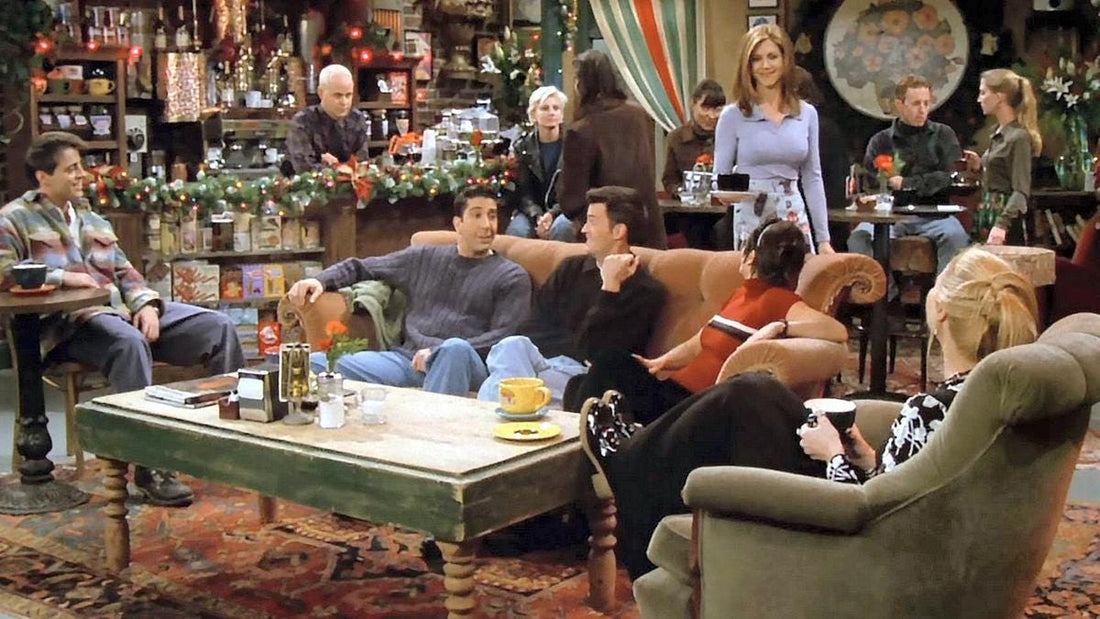
The Renaissance of Third Places: Catalysts for Connection and Community
Share
In a world that is constantly evolving, the concept of "Third Places" has emerged as a critical component of societal fabric, fostering community, connection, and a sense of belonging. Coined by sociologist Ray Oldenburg in his groundbreaking book, "The Great Good Place," Third Places are communal spaces distinct from home (First Place) and work (Second Place), where individuals come together to socialize, exchange ideas, and build relationships. This blog post delves into the rich history of Third Places, their invaluable contributions to society, and their future role post-pandemic.
The Historical Evolution of Third Places:
The roots of Third Places can be traced back through history, from ancient Greek agora to European coffeehouses during the Age of Enlightenment. However, it was Ray Oldenburg who crystallized the concept in the late 20th century, emphasizing the importance of informal gathering spots in maintaining a healthy, vibrant society. Third Places have historically played a pivotal role in shaping cultural movements, fostering intellectual discourse, and providing a refuge for diverse communities.
Contributions to Society:
Third Places are the breeding grounds for social capital, where friendships are forged, ideas are exchanged, and a sense of community is nurtured. These spaces contribute significantly to mental health, offering a reprieve from the isolating nature of modern life. Moreover, Third Places are often incubators for civic engagement, acting as platforms for grassroots movements, community initiatives, and social change.
The Future of Third Places Post-Pandemic:
The COVID-19 pandemic forced a reevaluation of communal spaces, prompting a shift in how we perceive and use Third Places. As restrictions ease, these spaces are poised to play a crucial role in rebuilding social connections severed by isolation. The future of Third Places lies in their adaptability, incorporating digital elements to accommodate hybrid work models and ensuring safety measures without compromising the essence of community building.
Best Third Places Around the World:
-
The Coffeehouses of Vienna, Austria:
- The historic coffeehouses in Vienna have long been celebrated as intellectual hubs, frequented by luminaries such as Sigmund Freud and Leon Trotsky.
-
The American Corner, Montevideo, Uruguay:
- A community-driven space offering a library, workshops, and events, the American Corner fosters cultural exchange and learning.
-
The Cat Cafés of Tokyo, Japan:
- Combining the love for felines with a cozy environment, Tokyo's cat cafés provide a unique and relaxing space for animal lovers.

Best Designed Third Places:
-
The Hive, Bangkok, Thailand:
- A coworking space that seamlessly blends work and leisure, featuring vibrant interiors, green spaces, and collaborative areas.
-
The Oslo Opera House, Norway:
- Not just a venue for performances, the Oslo Opera House's unique architecture encourages people to gather on its roof, creating a public space with breathtaking views.
-
The High Line, New York City, USA:
- Transforming an old railway into an elevated park, the High Line has become a model for repurposing urban spaces for community engagement.

As society navigates the challenges of the 21st century, Third Places remain beacons of connection and community. Their evolution from historical gathering spots to contemporary hubs of innovation underscores their timeless importance. Post-pandemic, these spaces will continue to adapt, ensuring they remain vital contributors to the well-being and cohesion of society, fostering a sense of place and shared experience for generations to come.
